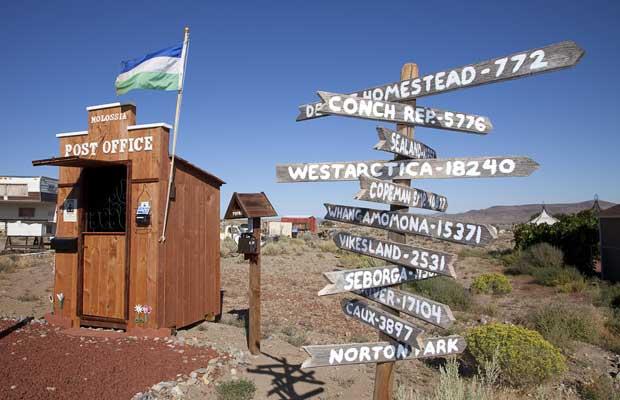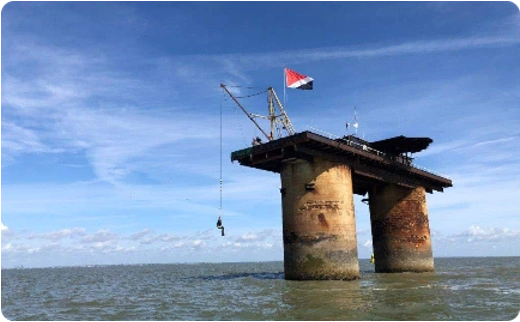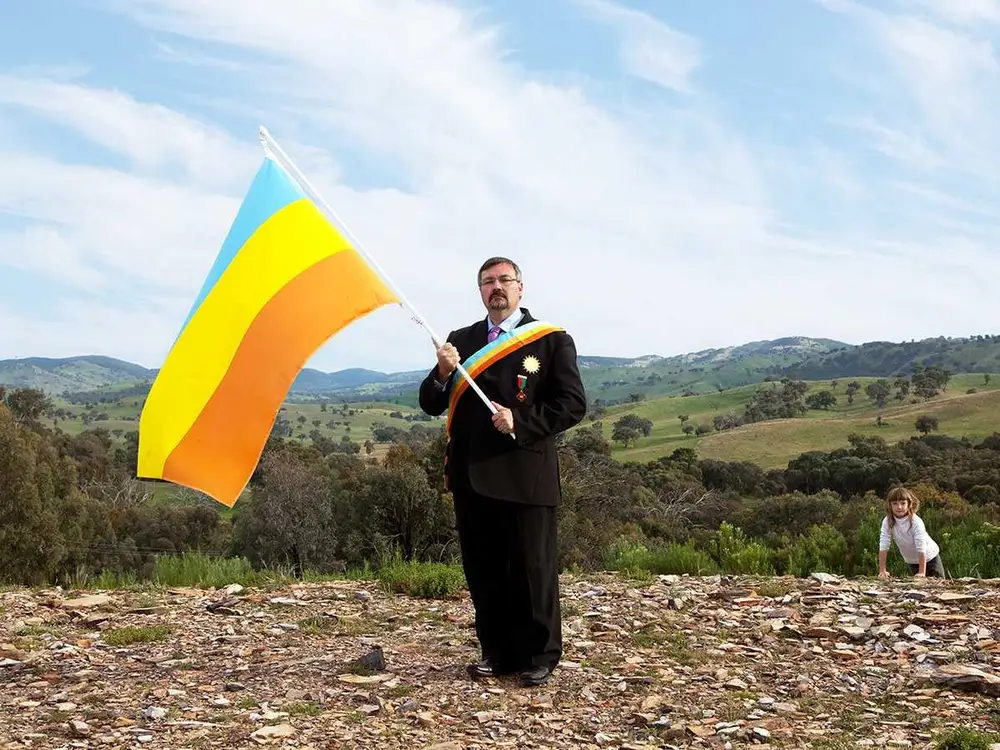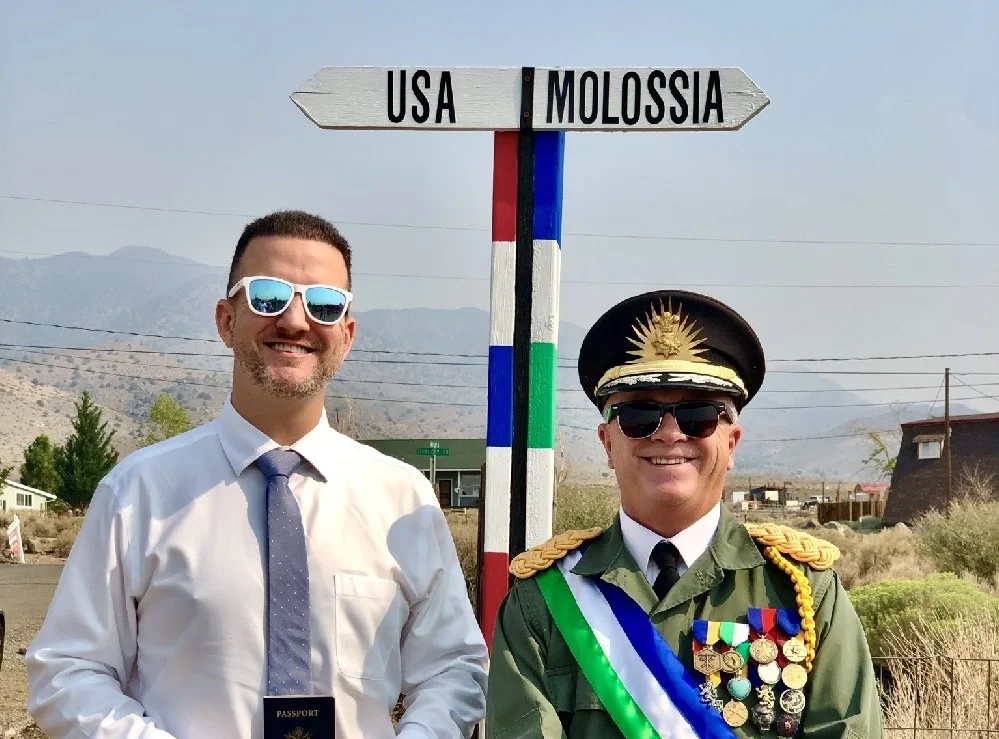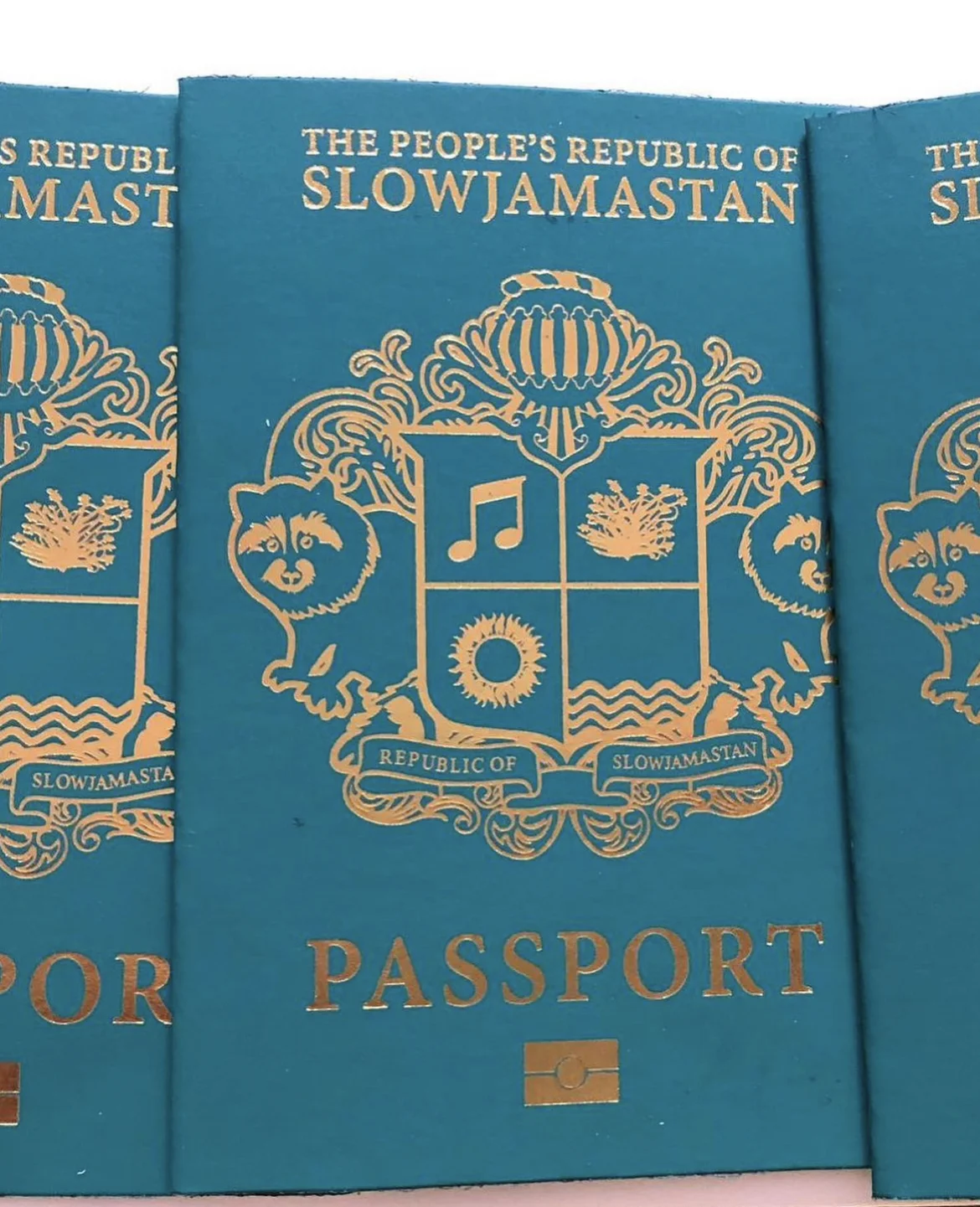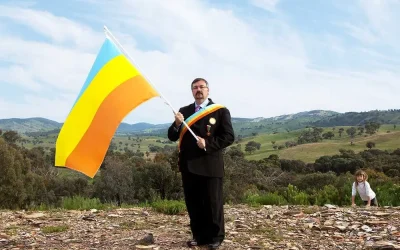In the vast mosaic of the world’s recognized nations and territories, there exists a captivating subset of self-declared, often unrecognized states known as Micronations. These are not mere figments of imagination nor are they simply rebellious entities.
They are manifestations of human ambition, a pursuit for self-governance, or sometimes, a result of pure whimsy. In this guide, we delve deep into the fascinating world of Micronations, unveiling the stories behind these unique territories.
What Are Micronations?
At their core, Micronations are entities that claim independence as separate nations, but are not acknowledged as such by world governments or international organizations. Furthermore, they often stem from individual or collective visions, historical disputes, or unique socio-cultural endeavors. Their existence poses intriguing questions about nationhood, sovereignty, and the global understanding of statehood.
A look into history
Historically, the concept of micronations dates back centuries. For instance, early examples include the Kingdom of Redonda and the Principality of Sealand.
The 20th century saw a surge in micronational activity, driven by new technologies and the desire for individual autonomy. Prominent micronations like the Republic of Molossia and the Principality of Hutt River emerged during this period.
Consequently, although most micronations remain unrecognized, a few, such as the Principality of Sealand, have managed to gain limited recognition.
How to Start a Micronation
Famous Micronations
- Sealand: Originating from a World War II sea fort, it proclaims itself the world’s most recognized micronation.
- Uzupis: An artistic enclave within Lithuania’s Vilnius, it has its own constitution and celebrates its independence annually.
- Molossia: Similarly, Molossia is a notable example of a micronation within Nevada, USA.
- Slowjamastan: A realm of cultural music, led by its iconic leader, Sultan Randy Williams.
- Atlantium: Located in Australia, it envisions global governance beyond conventional statehood.
- Talossa: Founded in Milwaukee, it possesses its own language and a rich cultural history.
- Liberland: Situated between Croatia and Serbia, it thrives on the ideology of libertarianism.
- Akzhivland: A micronation promoted by the Israel Department of Tourism, with a riveting past.
- Seborga: Located in Italy, this picturesque village has its own monarch and minted coins.
- Ladonia: Swedish in origin, it was founded over a dispute about sculptures and now champions art and freedom of expression.
- Melchizedek: Furthermore, this micronation with no physical territory is known more for its financial operations.
- Zaqistan: Situated in Utah, USA, it was purchased and established as an artistic project.
- Kugelmugel: Found in Vienna, Austria, it’s known for its spherical structure and for declaring independence after a dispute over building permits.
- Elleore: Located in Denmark, this island micronation was established as a satirical response to the Danish government.
- United Republic of Obscurium: A micronation based out of Northern Germany is a fictional, secretive nation often used to symbolize mystery, ambiguity, or hidden power in satire or storytelling.
Challenges Faced by Micronations
Legal Recognition – Micronations often struggle to gain recognition from established governments, which limits their ability to engage in diplomatic activities.
Sustainability – Additionally, Maintaining the infrastructure, economy, and population of a self-sustaining micronation can be challenging over the long term.
Internal Unity – Furthermore, micronations need a united and engaged citizenry to thrive, underscoring the importance of community cohesion for their success.
International Perception – Finally, Micronations are often viewed as quirky or eccentric, which can hinder their efforts to be taken seriously on the global stage.
“In a world of nations, the imagination creates independent states.” – Gaston Bachelard
